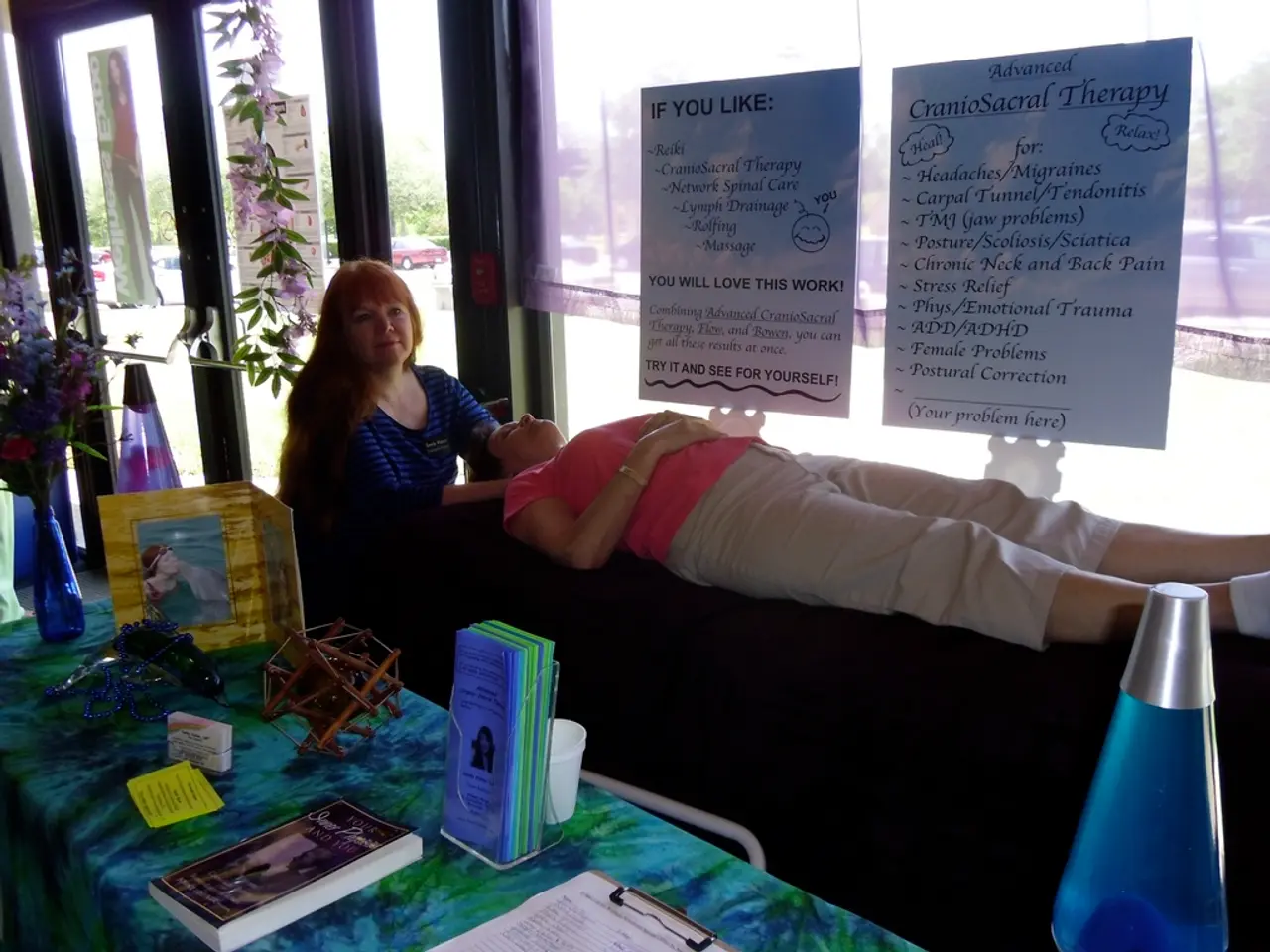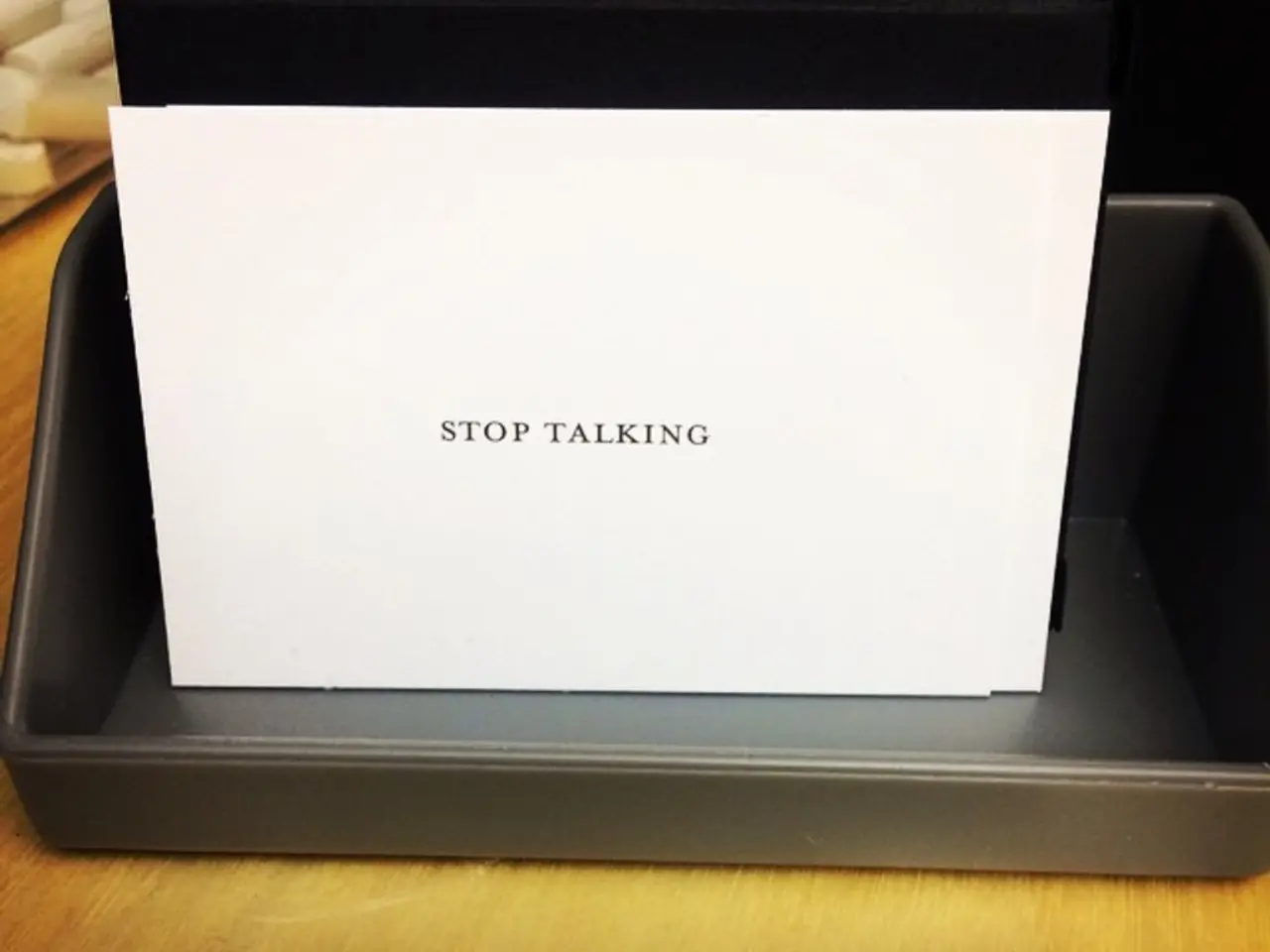Understanding Fearful-Avoidant Attachment: Causes and Symptoms
In the realm of relationships, understanding and addressing attachment styles can be crucial for fostering secure bonds. First identified by psychiatrist John Bowlby in the 1950s, the four attachment styles in relationships include secure, fearful avoidant, dismissive-avoidant, and anxious-preoccupied. This article will focus on fearful avoidant attachment and the therapeutic methods that can help adults heal from this style.
Fearful avoidant attachment is characterised by both partners being afraid of intimacy, tending to keep each other at a distance. Individuals with this attachment style may have trouble getting close to others, may often feel like they need to keep their distance, and may have difficulty trusting others. They may also be very critical of themselves and rarely feel like they fit in anywhere.
Healing fearful avoidant attachment is a multi-faceted process that primarily focuses on increasing emotional awareness, promoting secure relational experiences, and addressing underlying trauma and self-esteem issues. A variety of therapeutic approaches can be employed to achieve this goal.
One such approach is Attachment-Based Therapy, which helps individuals explore how early attachment experiences shaped their current emotions and behaviors. This therapy promotes insight into attachment patterns and encourages healthier relational behaviors and emotional responses.
Emotionally Focused Therapy (EFT) is another effective method. EFT assists individuals in recognizing and reorganizing their emotional responses to create more secure attachment bonds.
Trauma-Informed Therapies, such as Eye Movement Desensitization and Reprocessing (EMDR) and Dialectical Behavior Therapy (DBT), are particularly helpful for processing trauma related to attachment and improving emotional regulation skills.
Developing self-esteem and self-compassion is also crucial in the healing process. Therapy often includes building self-compassion and confidence outside relationships, which challenges feelings of unworthiness common in fearful avoidant individuals.
Mindfulness and emotion regulation techniques are also beneficial, helping reduce emotional reactivity and improve present-moment awareness, which supports better conflict management and emotional stability.
Being surrounded by or building relationships with securely attached individuals can be healing, demonstrating safe, trustworthy, and respectful relational dynamics. The therapist-client relationship itself provides a secure base for clients to explore vulnerabilities safely and practice secure attachment, which is central to healing fearful avoidant patterns.
Working with self parts, such as the wounded inner child or the inner critic, is a particularly effective method of accomplishing this goal. Understanding your instincts and why you react the way you do helps build tools to change behavior.
Creative arts interventions can also play a significant role in the healing process. These experiential interventions can help access your creative life force energy and heal a fundamental self-wound.
It's important to note that roughly 40% of all people have an insecure attachment style. Out of those, 5% are fearful-avoidant. Recognizing that your attachment style affects relationships is a step towards healing.
For a comprehensive guide on attachment theory and how to determine your attachment style, Amir Levine and Rachel Heller's book "Attached: The New Science of Adult Attachment and How It Can Help You Find - and Keep - Love" is highly recommended. Stan Tatkin's "Wired for Love: How Understanding Your Partner's Brain and Attachment Style Can Help You Defuse Conflict and Build a Secure Relationship" also provides valuable insights into how every person is wired for love differently.
In summary, healing fearful avoidant attachment in adults is a complex yet achievable goal. By combining trauma-focused therapies, attachment-focused work, and skills like mindfulness and self-compassion, individuals can significantly improve attachment security and relational functioning over time.
- Fearful avoidant attachment, characterized by avoidance of intimacy and distancing, is a challenge in relationships for many individuals.
- The therapeutic process for healing fearful avoidant attachment emphasizes emotional awareness, secure relational experiences, and addressing underlying traumas and self-esteem issues.
- Attachment-Based Therapy is one approach that helps individuals understand their current emotions and behaviors from early attachment experiences, promoting healthier relational behaviors.
- Emotionally Focused Therapy (EFT) assists individuals in reorganizing their emotional responses for more secure attachment bonds.
- Trauma-Informed Therapies like EMDR and DBT are helpful for processing trauma related to attachment and improving emotional regulation skills.
- Developing self-esteem and self-compassion is crucial in the healing process, often involving building self-compassion and confidence outside of relationships.
- Mindfulness and emotion regulation techniques aid in reducing emotional reactivity and improving present-moment awareness, supporting better conflict management and emotional stability.
- Building relationships with securely attached individuals or having a secure therapist-client relationship can demonstrate safe, trustworthy, and respectful dynamics, helping clients explore vulnerabilities and practice secure attachment.
- Working with self-parts, such as the wounded inner child or inner critic, or engaging in creative arts interventions can help access and heal a fundamental self-wound, contributing to the overall healing process.




